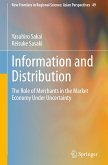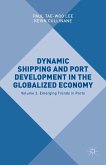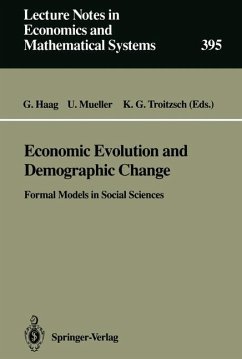This book clarifies the mechanisms of economicglobalization in changing industries' locations and shows how industries' locations have changedthrough those mechanisms. First, the book deals with the retailing industry.Introducing the concept of a contactprice into the market area analysis, it is shown in Part I that retailers'market areas and prices are changed in different ways by a reduction oftransportation costs. The mechanism of these changes is explained by checkingthe contact prices at apexes of the retailers' market areas. Then the book movesto the manufacturing industry and deals with a firm's production process. Part IIof the book shows the manner in which the production volume of factories withinan agglomeration is decreased as the number of factories within theagglomeration increases. Subsequently, considering the fact that many productionfactories depart from agglomerations to other sites to reduce production costs,a method of searching for a factory's new site is proposed in which a firm can seekout an optimal location of a factory in a short period of time. By referring toa chaotic phenomenon, a firm sets a locationprospective area in a large geographical area and selects an optimallocation within that area. In the third part of the book the city system is thefocus. Part III elucidates the theoretical formation of a city system andanalyzes structural changes of a city system due to a reduction oftransportation costs. The mechanism of the change is explained by a flexible market area theory which studiesa city system by using the market areas established in the free-entry equilibrium.Then, the economic relationships between the cities within a city system areexamined from the point of view of the land rent in the cities' areas. Thisanalysis shows the influences of a change in the largest city on other cities. Finally,the relationships between a city system and regional performance are examinedusing real data.The examination shows that the city system reveals the regionalperformance.
Bitte wählen Sie Ihr Anliegen aus.
Rechnungen
Retourenschein anfordern
Bestellstatus
Storno








